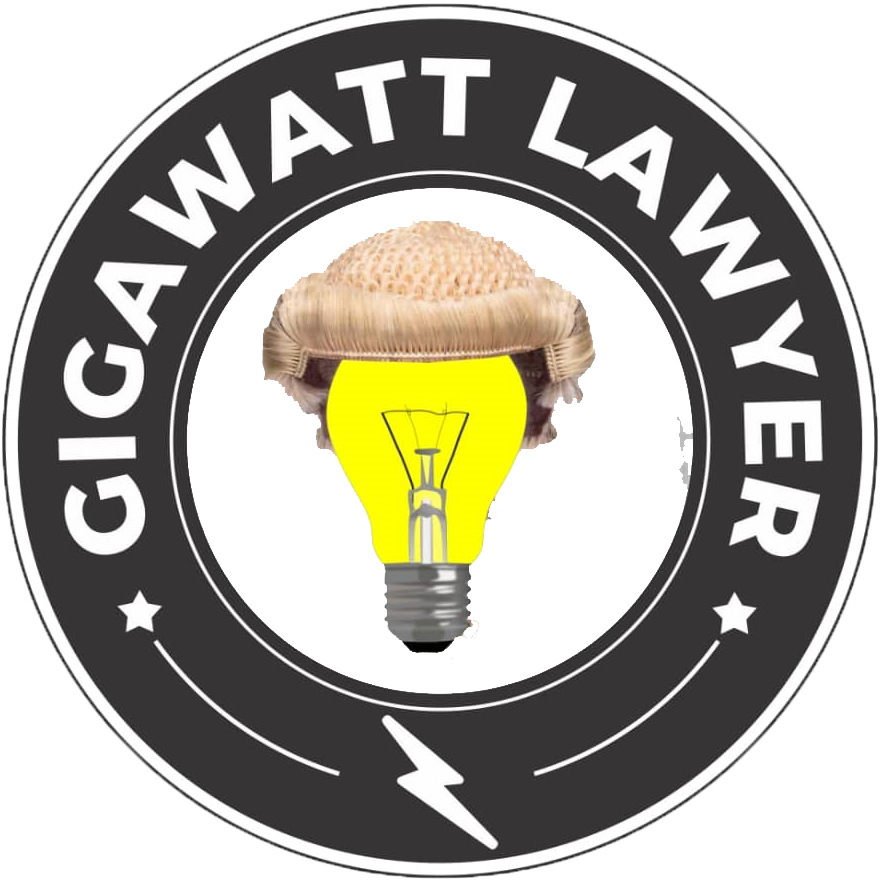When a customer elects to make an upfront payment for electricity meters, the customer is simply loaning money to his Distribution Company (DisCo), and the costs of the meter is supposed to be refunded to the “lender” customer by the DisCo, through energy credits at the time of vending. The original plan was that the cost of the meter was supposed to be amortised over a maximum of thirty-six months – Section 8(f) of the Meter Asset Provider and National Mass Metering Regulations 2021 (MAP & NMMR 2021).
However, the Nigerian Electricity Regulatory Commission (NERC) findings from the financial evaluation of DisCos indicated that the DisCos were unable to fund the amortisation period of 36 months, while meeting their upstream obligations in the Nigerian Electricity Supply Industry (NESI). Consequently, the Order on Reimbursement of Meter Costs 2023 (“the Order”) was/is a sort of loan modification. Please find below my annotations (italicised) of the material provisions of the Order:
- Paragraph 3 of the MAP & NMMR Regulations 2021 provides for reimbursement of cost of meters procured by customers under the MAP framework – S. 4 of the MAP & NMMR defines “cost of meter asset” to mean cost of meter, metering accessories & all associated costs of meter installation plus a return of investment as approved by NERC. This implies that when a DisCo computes reimbursements, it shall include the gross sum paid by the customer for the meter including installation costs. It appears that DisCos are not treating the Value Added Tax (VAT) accruing on the meter purchased as reimbursable expenses. Under the CAPMI Scheme, DISCOs refunded the customer the cost of the actual meter and accessories. However, the cost of installation and VAT was retained. The refund due to customers was with 12% interest and was done through a reduction of 100% of the monthly fixed charge component of the customers’ electricity bill.
- Paragraph 10(B) of the Order provides that the cost of a PPM paid by customer under MAP shall be amortised over 120 equal instalments & reimbursed through energy credits computed based on prevailing tariff at the time of vending – Reimbursement of the customer is predicated on vending. It is mandatory for DisCos to programme vending transaction history to capture reimbursed energy credits during every transaction. If you are customer who has purchased a meter through MAP, the next time you buy energy units, check details of your transaction to ensure that your DisCo is reimbursing you as directed by NERC. It would be expedient that since 120 equal instalments are mandated, the number of successive instalments be captured in every transaction. All contracted and subcontracted DisCos’ vendors have to be carried along in this regard.
- Where the customer does not vend in a given month(s), the DisCo shall, at the point of the next vending, refund the accumulated energy credits due to the customer for the period not vended vide Par. 10 (C) of the Order – As indicated in Par. 10 of the Order, NERC has spread the amortization to 10 years, with the expectation that a customer should be vending every month. However, where the customer fails to vend, say for 2 months, by his next vending, the DisCo is expected to reimburse him with 3 months’ worth of energy credit.
- Paragraph 10(D) of the Order provides that where a post-paid customer purchases a meter under the MAP framework, the reimbursement by the DisCo shall be in the form of a rebate on the customers’ monthly invoice to reflect the fixed monthly reimbursement computed on the cost of the meter spread over a period of 120 months – The Order clearly protects post-paid customers too. In other words, going forward, monthly bills issued to post-paid customers must reflect the fixed monthly reimbursements in discounts. The issue of accumulated reimbursements should not arise here as with prepaid customers.
- Par. 10(E) of the Order provides that all DisCos shall ensure that the refund of the cost of a MAP meter appears as a distinct line item on the vending receipt of prepaid and post-paid customers. The line item should clearly indicate the energy cost, corresponding energy value being refunded and outstanding balance of the meter cost – As pointed out in preceding notes, the object is accountability and tracking of reimbursements being made at prevailing tariffs. Energy cost is in Naira, energy value is kWh, and outstanding balance owed the customer should in Naira. As earlier suggested, it would be also helpful to indicate instalment number since it is capped at 120 instalments.
- Paragraph 10(F) of the Order provides that all DisCos shall file monthly reports with NERC containing a breakdown of the total monetary value of refunds to customers through energy credit in accordance with the Commission’s prescribed template – The first monthly report for April 2023 was due by the first week of May 2023 and was constituted by prepaid customers only before DisCos had a customer mix by the next month. The reports are currently submitted as one of the Excel sheets of the consolidated metering report workbook.




